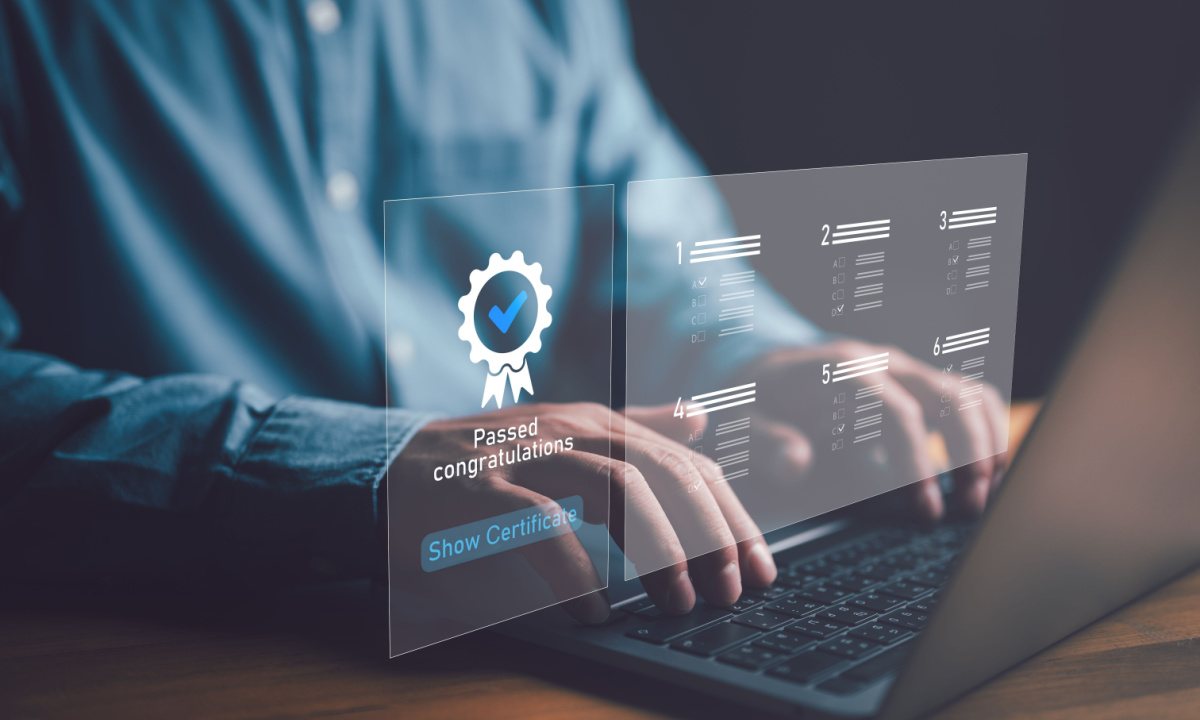Measuring the effectiveness of an eLearning program is a persistent need for educators, trainers, and organizations. Whether you seek to ensure good onboarding, improve job performance, boost productivity, or enhance customer satisfaction, here are some common methods to help you measure the effectiveness of an eLearning program.
- Assessing knowledge retention: You can test learners before and after the eLearning program to see how much they have learned and retained.
- Measuring completion rates: The percentage of learners who complete the eLearning program can be a good indicator of its effectiveness.
- Gathering feedback: Asking learners for their feedback on the eLearning program can help you understand what is working well and what can be improved.
- Evaluating behavior change: If the eLearning program is intended to change behaviors, you can observe and track changes in behavior to determine its effectiveness.
- Tracking results: If the eLearning program is intended to improve job performance, you can track results such as increased productivity or improved customer satisfaction to measure its effectiveness.
Overall, the best way to measure the effectiveness of an eLearning program will depend on the specific goals of the program and the type of learning it is designed to achieve.
